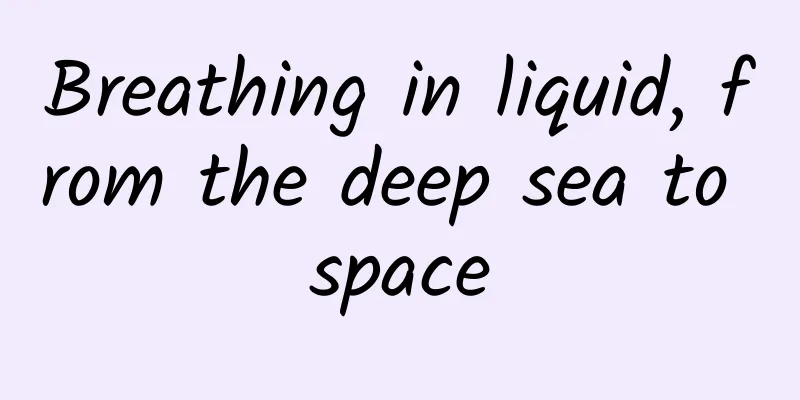The efficacy and function of crab

|
Crab is a very common Chinese medicine. Although it is very common, it has many magical effects. Let’s take a look at it below. [Other names] Guosuo (Taixuan Jing), 蛫 (Shuowen), 蜅 (Guangya), 蜅觜 (Yupian), crab (Xiepu), hairy crab, rice crab (Yilin Zongyao), and 垪拳 (Luchuan Bencao). [Source] The meat and viscera of the Chinese mitten crab, a member of the family Crabidae. Autumn capture. [Original form] The whole body is covered with a hard shell, the back is dark green, and the ventral side is lighter in color. The cephalothorax is about 5.4 cm long and 6 cm wide, square in shape, with a bulge on the back; there are 4 teeth on each of the frontal edge and the front side edge. There is a pair of eyes with short stalks and are movable; the mouthparts consist of three pairs of maxillipeds, the third pair of maxillipeds are flat and wide, covering the outermost part of the mouth. There are two pairs of antennae located in the front center of the cephalothorax. There are 5 pairs of thoracic limbs, the first pair is powerful chelicerae, with densely covered hairs on the inner and outer surfaces of the palm segments and the base of the phalanges; the other 4 pairs are walking legs, which are long and flat, with sharp claw-like ends; the dorsal margins of the wrist segments and proximal segments of the first 3 pairs of walking legs, and the dorsal and ventral margins of the proximal segment and base of the phalanges of the fourth walking leg are all densely covered with setae. The abdomen is degenerate and folded under the head and thorax. It has no tail segment or caudal limbs. The males and females are different in shape, with the female's being round and the male's being triangular. It is commonly known as the umbilicus. The abdominal limbs are degenerate and hidden inside the navel. The female has 4 pairs of them, and the eggs are attached to them after they are laid. The male has only two pairs, which have become mating organs. 【Habitat distribution】 Distributed in coastal areas. [Chemical composition] 100 grams of edible part contains 80 grams of water, 14 grams of protein, 2.6 grams of fat, 0.7 grams of carbohydrates, 2.7 grams of ash; 141 mg of calcium, 191 mg of phosphorus, 0.8 mg of iron, 230 international units of vitamin A, 0.01 mg of thiamine, 0.51 mg of riboflavin, 2.1 mg of niacin; also contains trace amounts (0.05%) of cholesterol. Muscles contain more than 10 kinds of free amino acids, among which glutamate, glycine, proline, histidine and arginine are relatively abundant. When crabs move from sea water to fresh water, or from fresh water to sea water, the nitrogen metabolism in their bodies undergoes corresponding changes. For example, after 3 hours of entering flag water from sea water, the total amount of amino acids in the muscles will decrease. The most significant changes were in proline and glycine, and the amount of ammonia excreted increased. 【Nature and flavor】Salty, cold. [entry into meridians] Enters the liver and stomach meridians. 【Functions and indications】 Clears away heat, disperses blood, and heals broken wounds. Treat muscle and bone injuries, scabies, lacquer sores, and burns. [Usage and Dosage] For oral administration: burn the medicine and grind into powder or make into pills. For external use: mash and apply or dry and grind into powder for application. [Note] People with external pathogens that have not been eliminated, weak spleen and stomach, or chronic wind disease should take this medicine with caution. [Additional prescription] ① Treating dislocated joints: Mash a raw crab, pour in hot wine, drink several bowls of it, and apply the residue on the joints. Within half a day, you will hear a sound inside the bone and it will be healed. Burn the dried crab into ashes and drink with wine, which is also good. (Tang Yao's Experience Prescription) 【Discussions by various scholars】 ① "Compendium of Materia Medica": "Crab tastes salty and has a cold nature. It enters the foot yangming and foot jueyin meridians. The classics say: 'If there is excessive heat inside, treat it with salty and cold', so it is used to treat heat knots and pains in the chest. Crookedness is caused by wind-heat in the jueyin meridian, and facial swelling is caused by heat congestion in the yangming meridian. If the heat in the two meridians is relieved, the tendons will be nourished and the qi will naturally benefit, and the crookedness and facial swelling will be eliminated. Salt moves the blood and softens hard masses, so it can resolve knots and disperse blood. It can cure lacquer sores because it can resolve the lacquer poison." 【Excerpt】 《*Dictionary》 [Source] From "Shennong's Herbal Classic". Above we introduced what crabs are. We know that crabs can not only be used to treat diseases but also have good health benefits, so we must be good at using crabs to protect our health. |
<<: The efficacy and function of Xiebai
>>: The efficacy and function of valerian
Recommend
Salmon said: The way home, no matter how difficult it is, is always "fragrant"!
Author: Black Cat Nino The article comes from the...
#千万IP创科普# Avoid lightning! Air fryers frequently catch fire, you may have been using it wrong
Air fryer Because it is convenient and easy to us...
These 6 habits are very likely to induce diabetes! It is recommended to change them in time
Although drinks are good, don’t drink them as wat...
Talk about e-commerce: D2C e-commerce
Over the past few years, the emerging direct-to-c...
Where is the medicinal value of Artemisia argyi reflected?
Among wild vegetables, Artemisia annua is loved b...
What is the medicinal value of camphor wood?
Camphor wood is a plant of the Lauraceae family. ...
Coconut is made from pineapple juice? So what are we eating?
Audit expert: Zhang Yufeng PhD/Associate Research...
The efficacy and function of large-leaf perilla
Do you know about large-leaf perilla? It is a com...
The efficacy and function of Bignonia root
Chinese medicinal materials are very common, and ...
Loofah is not only used to wash pots and stoves
There is no stove without smoke, and there is no ...
Sleeping for months at a time, what kind of "lazy" fish can sleep so much?
As the saying goes, "Spring makes you sleepy...
Without high technology, how did the ancients keep national security secret?
Throughout the vast course of history, the confid...
Sapodilla? It sounds scary. Do you dare to eat it?
The name of the sapodilla may sound a bit scary, ...
The efficacy and function of locusts
Locusts are a commonly used medicinal material in...









